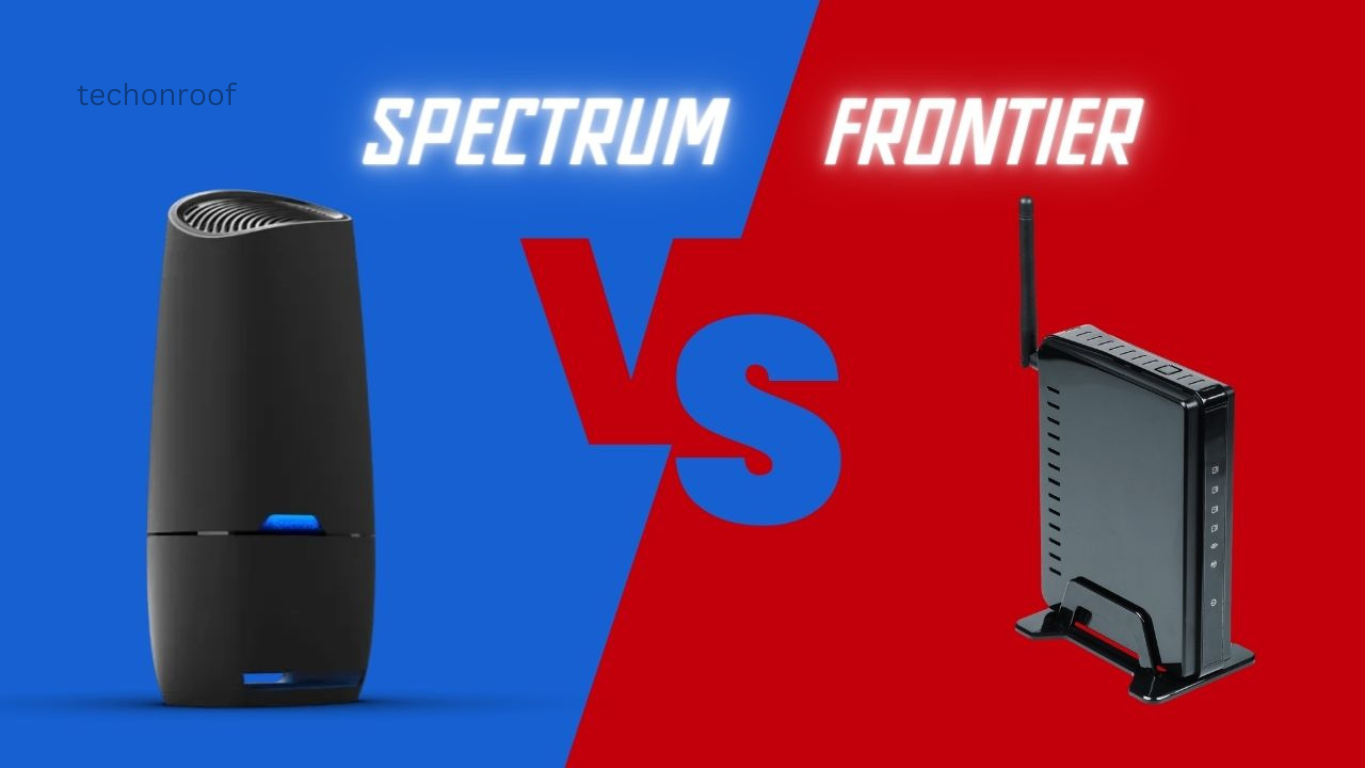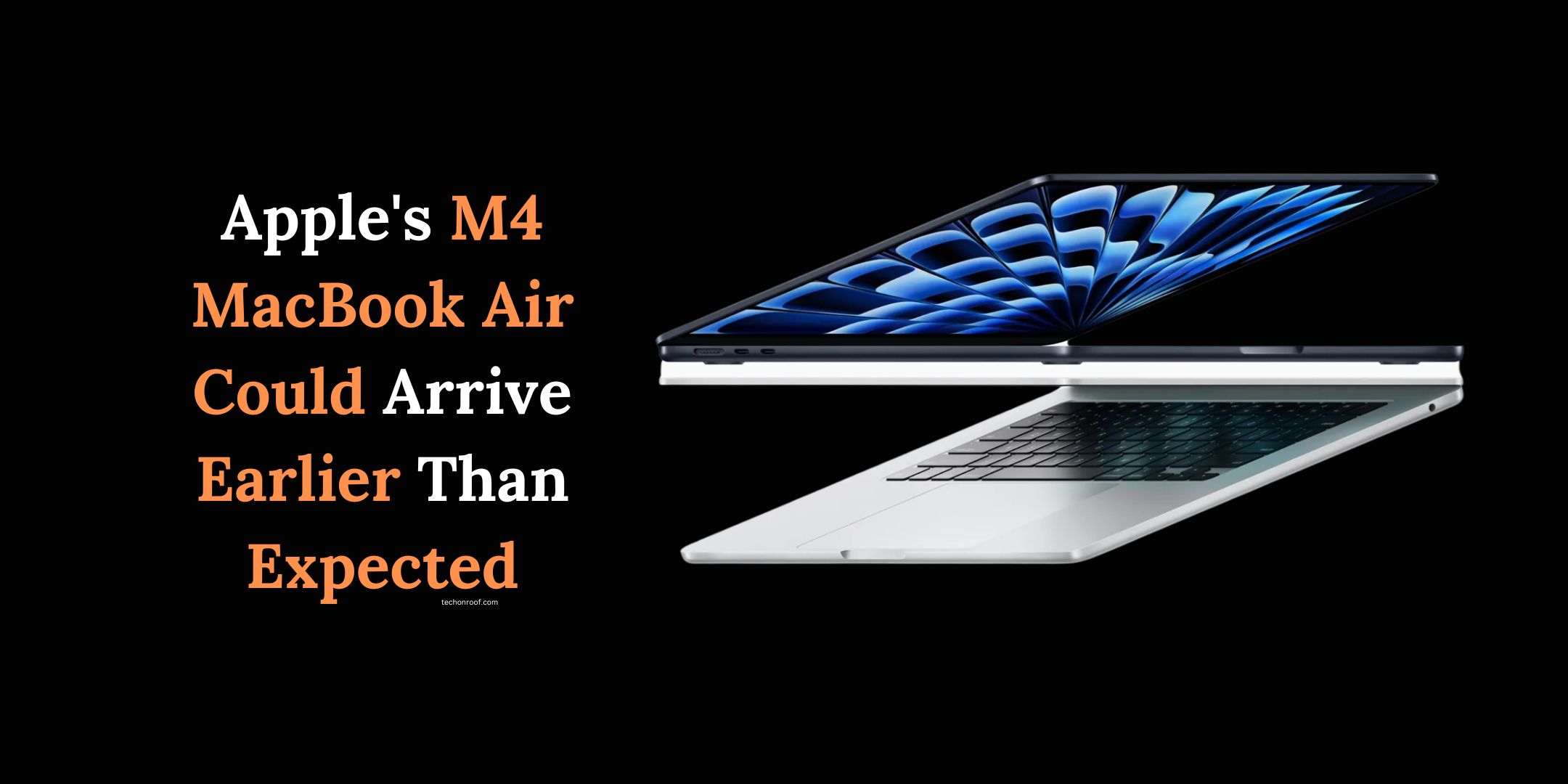Frontier vs. Spectrum can be tricky. Both are popular internet service providers (ISPs) with their own strengths. Spectrum offers fast cable internet with competitive pricing, especially in the first year.
However, if you have access to Frontier’s fiber-optic service, that may be the better choice. Frontier Fiber offers a range of plans with faster, more reliable speeds at good prices. This is why Frontier Fiber gets the edge from CNET. But if Frontier’s DSL (slower internet) is your only option, then Spectrum becomes the better pick.
One thing to keep in mind: not everyone has a lot of choices when it comes to internet providers. Often, you may only be able to choose between two or three companies in your area. While having more options would be nice, choosing between Frontier and Spectrum isn’t bad. Both offer decent speeds, especially if you can get Frontier Fiber, and neither require contracts or have data limits.
If you’re trying to decide between these two ISPs, here’s a breakdown of what they offer in terms of connection types, speeds, pricing, and customer satisfaction.
What Types of Connections Do Frontier and Spectrum Offer?
Internet providers use different methods to deliver internet to your home. Fiber-optic connections are the fastest, but they require specific infrastructure in the area, which can take a long time to install.
- Frontier offers fiber internet in 17 states, reaching about one-third of its customers, according to the Federal Communications Commission (FCC). The rest of its customers use a much slower DSL (digital subscriber line) service, which relies on older copper wiring.
- Spectrum, on the other hand, offers fiber to less than 1% of its customers. Most of Spectrum’s users (99%) get their internet through coaxial cable connections, making Spectrum the second-largest cable provider in the U.S. Cable internet offers decent download speeds, often in the range of a few hundred megabits per second (Mbps). Spectrum’s fastest plan can reach up to 1,000 Mbps.
Frontier vs. Spectrum: Plans and Pricing

Now, let’s compare what both providers offer in terms of internet plans and pricing.
Frontier Fiber tends to offer more value for its price with faster speeds and symmetrical connections (meaning upload and download speeds are the same). However, if fiber is not available in your area and you’re stuck with Frontier’s slower DSL, Spectrum’s cable internet becomes the better choice for its speed and reliability.
Frontier internet:
Here’s a table with the Frontier internet plans, pricing, and details:
| Plan | Monthly Price | Max Speeds | Fees and Service Details |
|---|---|---|---|
| Frontier Internet (DSL) | $65 | Varies | No equipment fees, data caps, or contracts |
| Fiber 200 | $30 | 200Mbps down, 200Mbps up | No equipment fees, data caps, or contracts |
| Fiber 500 | $45 | 500Mbps down, 500Mbps up | No equipment fees, data caps, or contracts |
| Fiber 1 Gig | $65 | 1,000Mbps down, 1,000Mbps up | No equipment fees, data caps, or contracts |
| Fiber 2 Gig | $100 | 2,000Mbps down, 2,000Mbps up | No equipment fees, data caps, or contracts |
Spectrum internet:
Here’s a table with the Spectrum internet plans, pricing, and details:
| Plan | Monthly Price | Max Speeds | Fees and Service Details |
|---|---|---|---|
| Spectrum Internet | $40 | 400Mbps download, 10Mbps upload | Modem free; $7 for router (optional); No data caps or contracts |
| Spectrum Internet Ultra | $50 | 600Mbps download, 20Mbps upload | Modem free; $7 for router (optional); No data caps or contracts |
| Spectrum Internet Gig | $60 | 1,000Mbps download, 35Mbps upload | Modem free; $7 for router (optional); No data caps or contracts |
With Frontier, if you have access to their fiber service, download speeds can go as high as 7 gigabits per second (7Gbps), with upload speeds that match or are nearly the same. However, if you’re using Frontier’s DSL service, the company doesn’t provide specific download speeds because they can vary based on your location.
For Spectrum, the internet speeds are more straightforward. Their cable internet plans start at 400Mbps (or 300Mbps in some areas) and can reach up to 1,000Mbps for downloads. However, one of the downsides of cable internet, including Spectrum’s, is the slower upload speeds. Even with Spectrum’s fastest plan, the upload speeds max out at 35Mbps.
In terms of pricing, Frontier’s DSL service costs about $65 per month, while their fiber plans range between $30 and $300 per month. Spectrum’s cable plans are priced more competitively, usually between $40 and $60 per month. However, a common issue with Spectrum is that their prices tend to go up after the first year. Over time, Frontier’s month-to-month fiber plans might offer better value since their prices don’t increase.
After the Affordable Connectivity Program ended in May, many low-income households lost access to affordable internet. That’s why low-cost internet programs from different providers are more important than ever.
Both Frontier and Spectrum offer discounted internet for eligible low-income families. Spectrum has the “Internet Assist” program, which provides 30Mbps download speeds and 4Mbps upload speeds without contracts or data caps. Frontier takes part in “Lifeline,” a federal program that helps low-income families afford phone and internet services.





